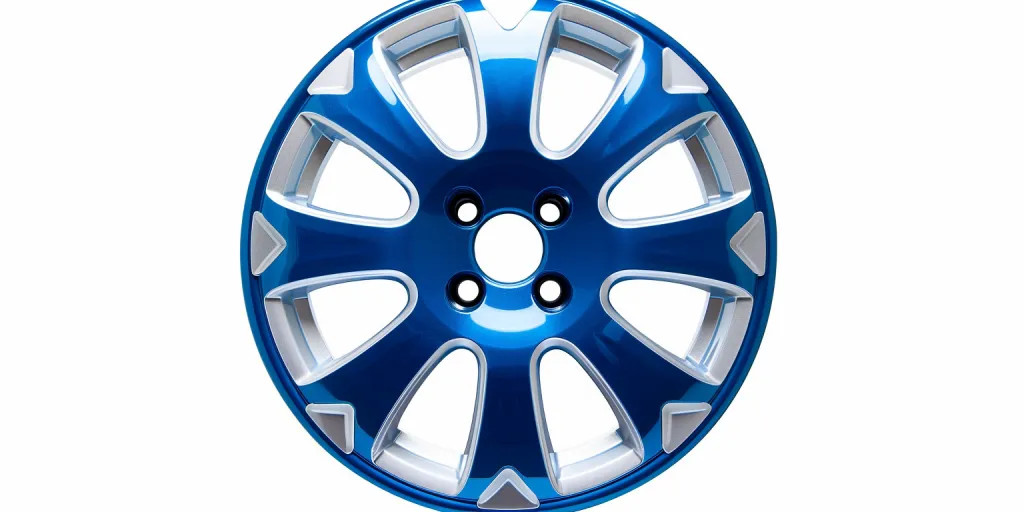The significance of a wheel cover extends beyond mere aesthetics. It plays a crucial role in protecting the wheel’s components, contributing to the vehicle’s overall functionality and appearance. In this article, we delve into the five key aspects users care most about regarding wheel covers, breaking down their benefits, types, installation tips, maintenance, and the latest trends in design and materials. Join us as we explore how this seemingly simple accessory can make a substantial difference in your vehicle’s appearance and longevity.
Table of Contents:
– Importance of wheel covers
– Different types of wheel covers
– Installation tips for wheel covers
– Maintaining your wheel covers
– Trends in wheel cover design and materials
Importance of wheel covers
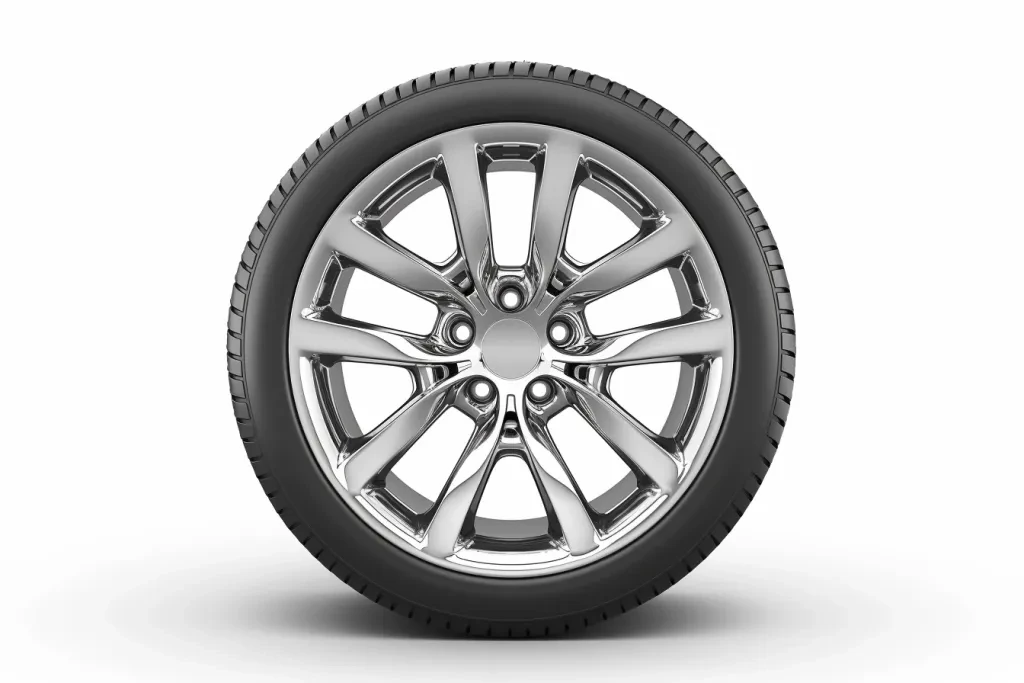
Wheel covers, often perceived as a decorative accessory, serve a much more significant purpose. They protect the wheel’s lug nuts and bolts from rust and corrosion caused by exposure to moisture and road salt, thereby extending their lifespan. Furthermore, wheel covers help in keeping the wheel clean from road debris and brake dust, which can accumulate and cause damage over time. By shielding these components, wheel covers contribute to the vehicle’s safety and performance.
The aesthetic appeal of wheel covers cannot be understated. They offer an affordable way to customize and enhance the appearance of any vehicle, allowing owners to express their style without extensive modifications. The right wheel cover can transform the look of a vehicle, making it stand out on the road.
Moreover, wheel covers have been found to slightly improve fuel efficiency in some cases. By creating a smoother surface on the wheel, they can reduce air drag, which in turn can lead to minor improvements in the vehicle’s aerodynamics and fuel consumption.
Different types of wheel covers
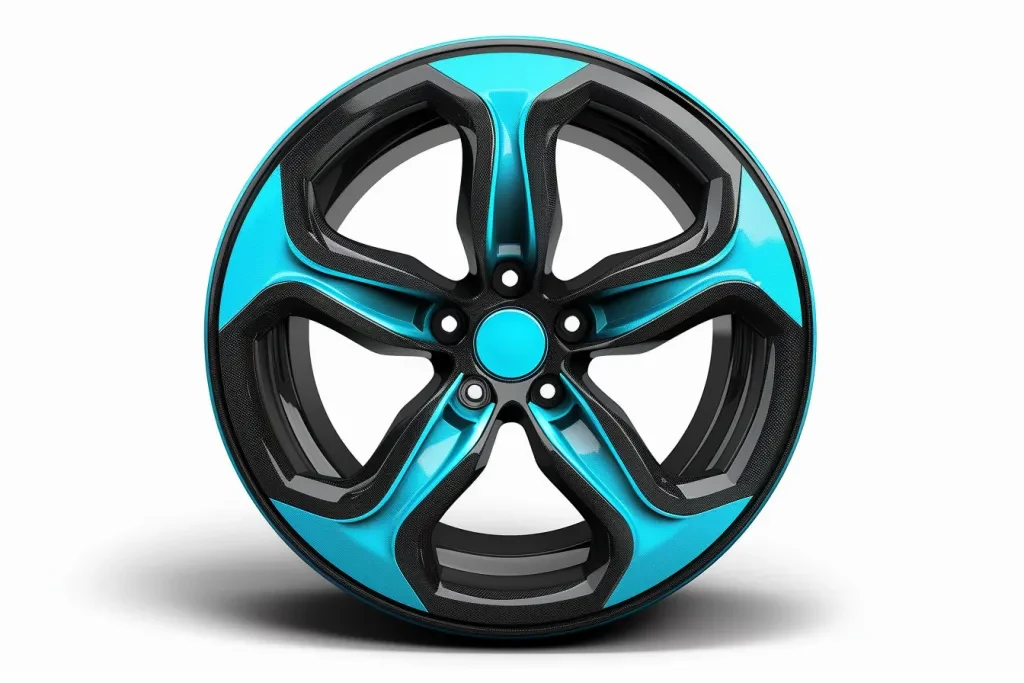
Wheel covers come in a variety of materials, including plastic, metal, and composite materials, each offering distinct advantages. Plastic covers are lightweight and affordable, making them a popular choice among vehicle owners. Metal covers, typically made from aluminum or stainless steel, are more durable and offer a premium look. Composite materials, combining the best of both worlds, provide durability while keeping the covers lightweight.
The design and fit of wheel covers also vary. While some are made to fit specific wheel sizes and models, universal covers are designed to fit a range of wheel types. It’s essential to choose a wheel cover that matches the wheel’s size for a snug fit, as a loose cover can detach while driving, posing a safety risk.
Custom-designed wheel covers are another option for those looking to personalize their vehicle further. These covers can be tailored to fit the owner’s specifications, incorporating unique designs, colors, and finishes that reflect the individual’s style and preferences.
Installation tips for wheel covers
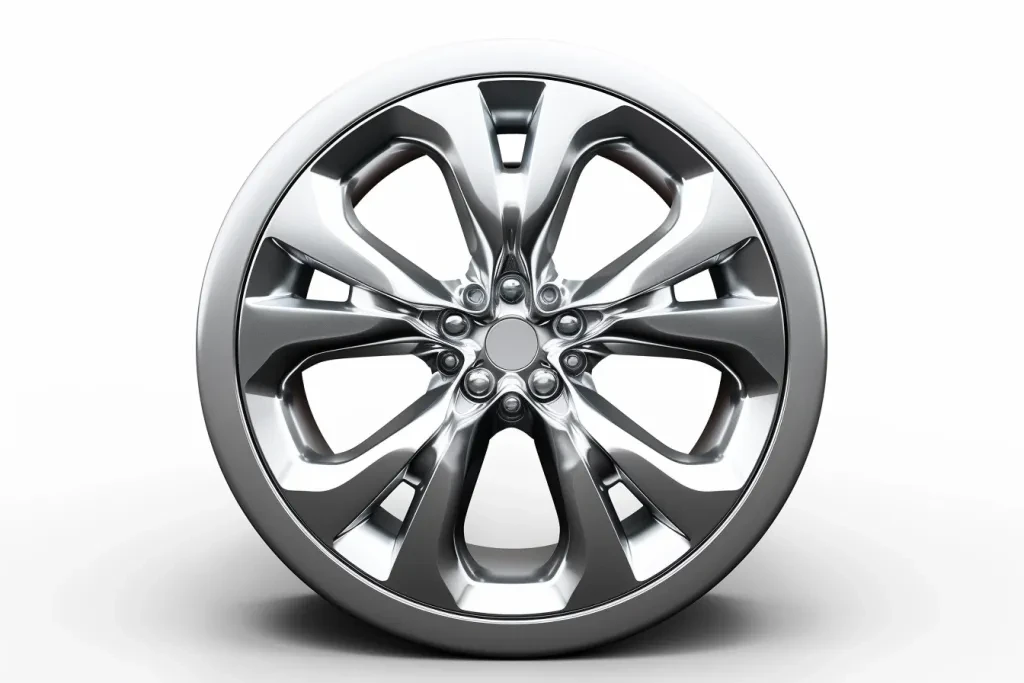
Installing wheel covers is a straightforward process that can be done without professional help. Firstly, ensure the wheel and cover are clean to prevent any dirt from scratching the wheel’s surface. Align the cover with the wheel, making sure the valve stem slot is positioned correctly. Press the cover firmly onto the wheel, starting from the top and working your way around, until it snaps into place. It’s important to check that the cover is securely fitted to avoid it coming loose.
For wheel covers that use retention rings, adjust the ring to the correct size before installation, ensuring a tight fit. Regularly check the covers and retention rings for any signs of wear and tear, replacing them if necessary to maintain the cover’s effectiveness and appearance.
Maintaining your wheel covers
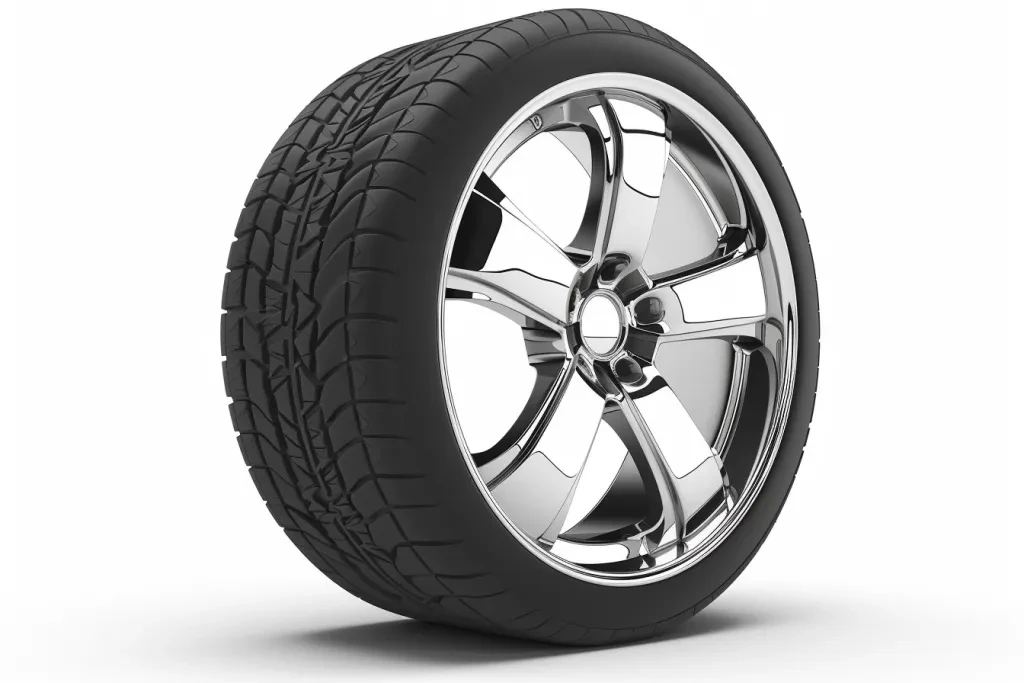
Proper maintenance of wheel covers is essential to keep them looking their best. Regular cleaning with mild soap and water can prevent the buildup of dirt and grime. Avoid using abrasive cleaners or brushes, as these can scratch the cover’s surface. For metal covers, applying a coat of wax can protect against rust and corrosion.
Inspect your wheel covers periodically for any cracks, warps, or other damages. In the event of damage, replace the cover promptly to prevent further issues. Paying attention to the fit and condition of your wheel covers can go a long way in preserving the aesthetics and integrity of your vehicle’s wheels.
Trends in wheel cover design and materials
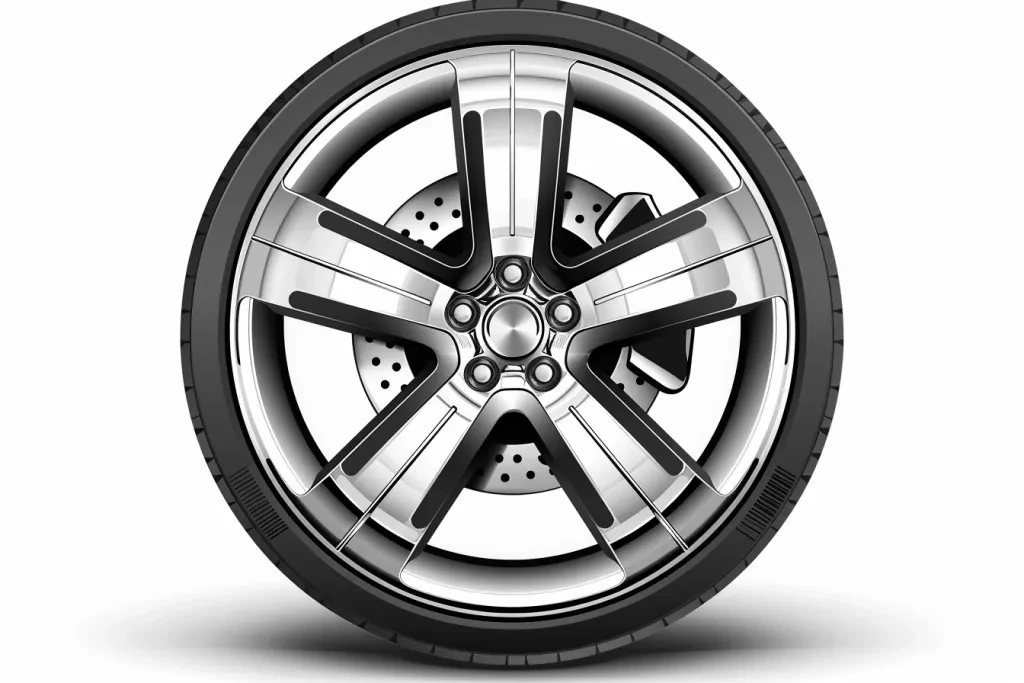
The wheel cover industry is continuously evolving, with manufacturers experimenting with new designs and materials to meet consumer demands. Recent trends have seen a shift towards eco-friendly materials, such as recycled plastics and sustainable composites, reflecting a growing awareness of environmental issues.
In terms of design, there is an increasing preference for minimalist, sleek styles that complement modern vehicle aesthetics. Advances in manufacturing technologies have also made it possible to produce more intricate and detailed designs, allowing for greater customization and personalization.
Conclusion:
Wheel covers are more than just decorative accessories; they play a vital role in protecting your vehicle’s wheels and enhancing its overall appearance. By understanding the different types, installation tips, maintenance practices, and current trends, vehicle owners can make informed decisions when choosing the right wheel covers for their needs. With proper care and selection, wheel covers can contribute significantly to the longevity and aesthetics of your vehicle, making them a worthwhile investment for any car enthusiast.
